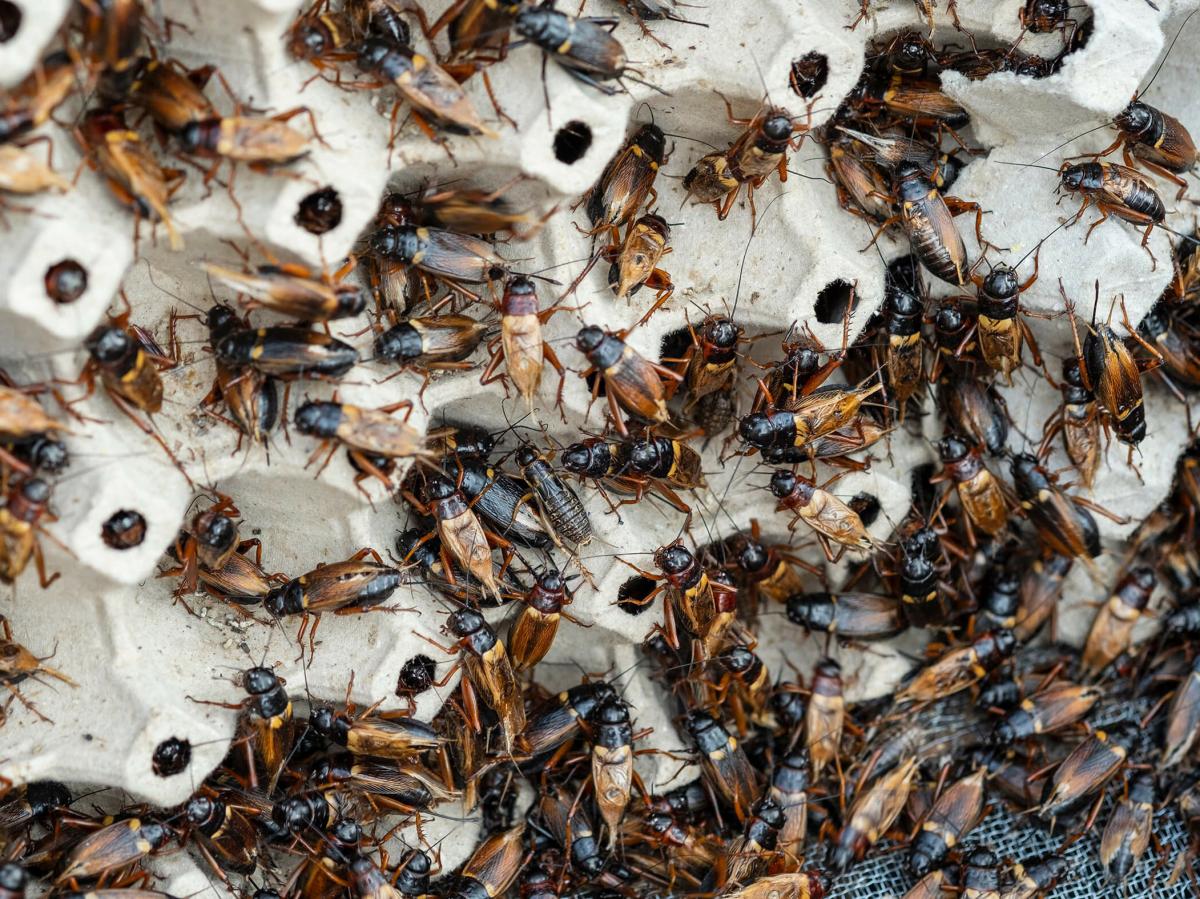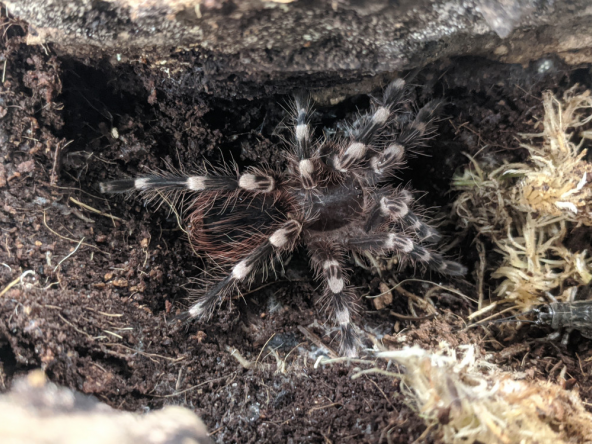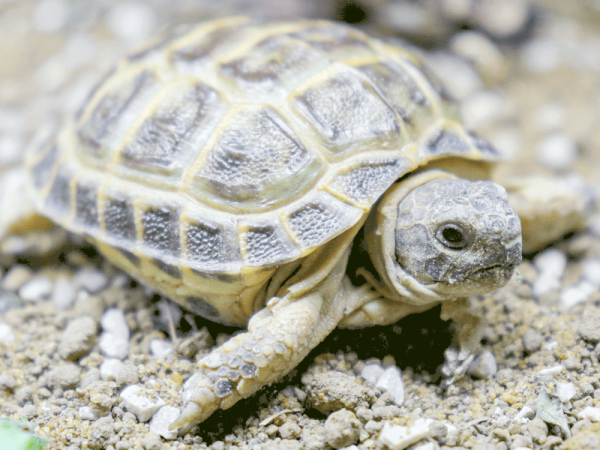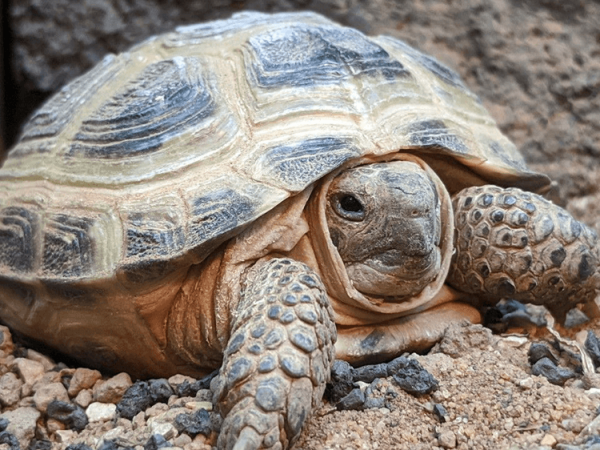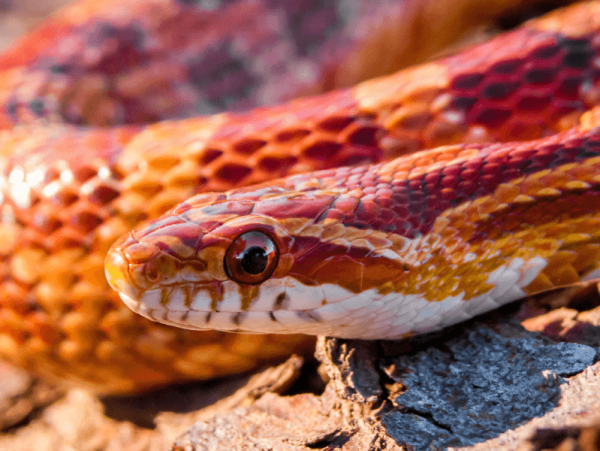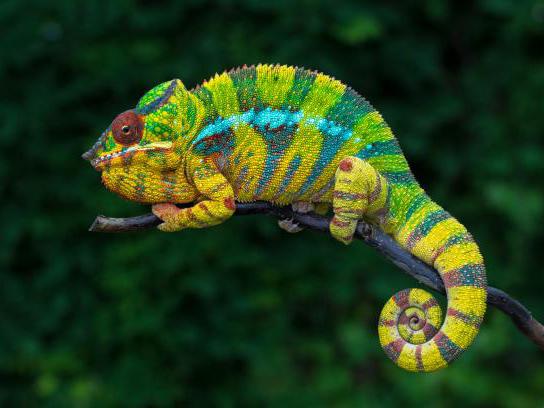Taking care of your reptile livefood
Livefood care is an important part of exotic pet keeping, both to increase nutritional value and to prolong shelf life. Livefood that isn't cared for isn't likely to last very long, nor will it hold much nutrition for your animal. How to take care of livefood can differ between species, although there are two blanket principles - feed them, and water them.
Livefood care - Crickets
Crickets make a great staple diet for most reptiles, amphibians and invertebrates. They're pretty easy to care for and will keep for a long time if kept properly, although depending on the size of the animal you're feeding them to, you might need to try and feed them off quickly before they grow too large.
Once you receive your crickets, empty the entire contents of the tub into a small plastic insect tank or livefood care kit, such as the ProRep livefood care kit - this is a small kit that comes in two different sizes, the kit includes a Kricket Keeper tub, handy dispensing tubes, a dish, ProRep bug gel and bug grub, ProRep calci dust calcium supplement and plastic tongs.
Line the edges of the terrarium with egg carton for the crickets to hide in, you can also use cardboard tubes such as toilet or kitchen roll tubes. The cricket enclosure is best kept between 28-32°C (82-89°F), although they will do just fine at room temperature if you don't plan to breed them.
Feed your crickets with a mixture of fresh vegetables and commercial gutloading diets such as Arcadia EarthPro-Insect Fuel, ProRep Bug Grub or our own Swell Reptiles Livefood Gut Loading Supplement. Gutloading is essentially a method of feeding your livefood to increase its nutritional value for your pet. If your livefoods are fed a plentiful and nutritious diet, they will, in turn, be more nutritious for your pet.
It is also important to keep your crickets hydrated, although they are likely to drown if you give them a traditional water dish. Instead, you should use commercially available bug gel, such as ProRep Bug Gel. Alternatively, you can use a water dish filled with cotton wool which will soak up the water and provide hydration without the risk of drowning.
Livefood care - Locusts
Locusts are another good staple option for most exotic pets, although they are considered to be slightly less nutritious than Crickets. Similar to crickets, they're easy to keep alive, but will grow quite quickly in the right conditions and grow much larger than crickets, so you should only buy an amount that you know you can feed off before they get too large for your pets.
Empty your locusts into a suitable plastic terrarium, prepared similarly to how you would for crickets and keep them between 35-38°C (95-100°F) if possible, although they will last for a week or two at room temperature if you plan to feed them off fairly quickly.
Again, it is best practice to feed your Locusts a mixture of fresh greens and commercial gutloading diets and keep them hydrated with bug gel or a doctored water dish to prevent drowning.
Livefood care - Dubia cockroaches
Dubia cockroaches are considered to be one of the most highly nutritious feeder insects for exotic pets. It is quite common to develop an allergy to Dubia roaches with prolonged exposure, however, so we do not recommend starting your own culture. The allergy will first present itself with itchy skin, eyes, congestion and later respiratory issues. We recommend not handling them directly, and instead wearing gloves or picking them up with metal or plastic tongs.
House, feed and hydrate your Dubia roaches in the same way you would with crickets or locusts, ensuring the container has smooth sides to stop your roaches from climbing up and potentially escaping through the top vents. Dubia roaches can be kept at room temperature, although to thrive and breed they must be kept between 32-35°C (90-95°F), keeping in mind that we do not recommend breeding Dubia roaches for the average keeper, room temperature is just fine.
Livefood care - Mealworms
Again, care for your mealworms in the same way as other livefood options in terms of housing, feeding and hydration. You can keep them at room temperature and they will last quite a long time if cared for well. Although, if you do not feed them off quickly enough, they are likely to pupate into their adult beetle form. Morio mealworms, however, are unlikely to pupate when kept in close contact with other individuals, so these will tend to last longer.




